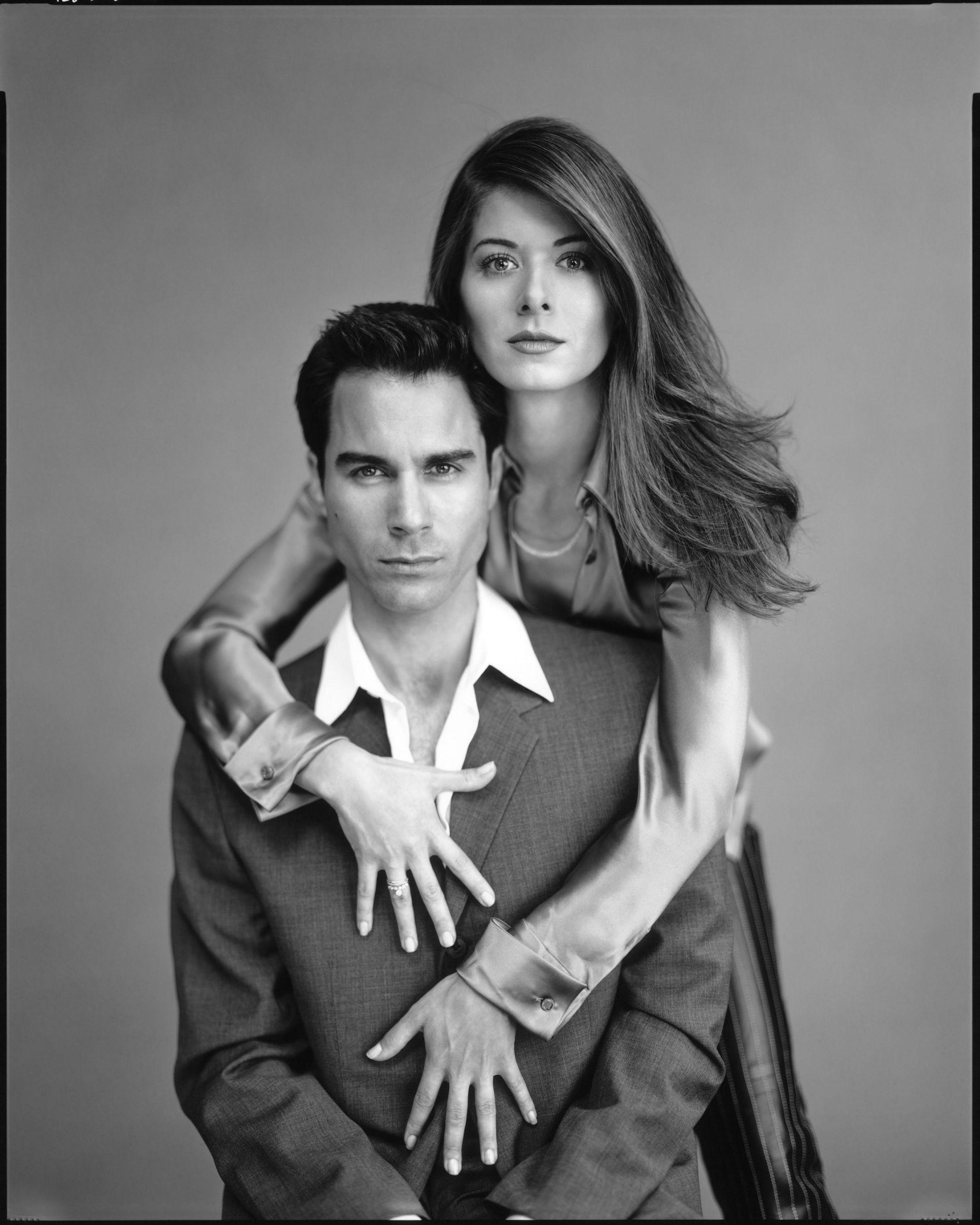 Gone are the days when a gay man is expected to marry a woman and live as if he’s straight, never mentioning the truth of how he feels, but there is still a long way to go before gay men are treated as equals with straight men. The generally accepted statistic is that one tenth of all people are gay. The chances of being gay are higher if you’re left handed (already one tenth of the population), if you have gay family members, or if you have several older brothers. There is an aspect of nurture in it, but the basis of gayness seems to be genetic, and the nurture determines whether the man in question grows up to be emotionally healthy and self-accepting, or self-loathing and destructive.
Gone are the days when a gay man is expected to marry a woman and live as if he’s straight, never mentioning the truth of how he feels, but there is still a long way to go before gay men are treated as equals with straight men. The generally accepted statistic is that one tenth of all people are gay. The chances of being gay are higher if you’re left handed (already one tenth of the population), if you have gay family members, or if you have several older brothers. There is an aspect of nurture in it, but the basis of gayness seems to be genetic, and the nurture determines whether the man in question grows up to be emotionally healthy and self-accepting, or self-loathing and destructive.
In our continually more divisive culture, gay men, who have only in the last decades even been able to be open about who and what they are, are more and more portrayed as stereotypes of feyness, superficiality, promiscuity, and sarcasm, while the reality is that they are treated as second-class citizens in many of the legal and traditional arenas. Which, naturally, tends to place gay men somewhere in the vicinity of women, struggling for acceptance and equality in the same time period. And it places them in an ideal position to serve as intermediaries between the men and the women, while together, gay men and straight women form a support system that benefits both.
It’s often been said that men and women can’t just be friends, because one will always be trying to sleep with the other, and it will impact the friendship. But women can just be friends with gay men, because it removes sex from the equation, for the most part, or makes it unrequited in a way that they can work through and get beyond in a way that can’t always be done with a straight man. And there are many times when emotional support is necessary in everyone’s life.
The best sort of gay-girl relationship, that usually is called ‘fag and hag’, (though both terms are derogatory and add to the negative aura of the situation and I suggest should be replaced with ‘gay and swish-girl’, where swish stands for Straight Women In Support of Homosexuals, though that’s recently been rebranded), share a lot of the hallmarks of a deep brother-sister relationship, a lasting best-friend relationship, or a good, long-term partnership. It’s important that women realize that the gay man they’ve partnered with is not their ‘gay boyfriend’, which tends to feed into subconscious ideas that they can ‘cure’ him, or that he can fill the place that a more typical boyfriend would take, both of which are detrimental and unfair, but there is a depth of emotional attachment that should be there. A woman is not just a toy to dress up and a gay man is not just a surrogate, and when both understand this, their friendship can be as strong as any of the great friendships, and it has been proven that people who have close, lasting friendships are happier, healthier, more emotionally stable, and live longer.
In the emotional minefield that can be human emotional interaction, it’s nice to have translators on both sides, and a gay man can be ideally situated to understand a woman’s mind and a man’s mind, if he chooses, and can smooth the politics and foster understanding. In return, women can offer a deeper, more emotionally fulfilling friendship than men often do because of the higher emotional content of their everyday interactions with the world, and can be an ideal shoulder to cry on and bestie to share the silliness of life with.
There is a certain superficiality that is culturally associated with gay men, for better or worse. Those who buy into it can be flighty, shallow and emotionally volatile, and holding a deep and lasting friendship with the right woman can bring them back to earth more often than they might accomplish on their own. The women, on the other hand, benefit from the sense of freedom and fun that can often be lacking in friendships strictly containing women, and it gives both a chance to break free from the detrimental sides of their gender interactions, hopefully leading to healthier and more stable lives for both.
Gay men who do not ascribe to this definition of gayness tend to be thoughtful and well-informed, and they can offer stability to the women who buy into the feminine version of superficiality, giving party girls the balance they need to outgrow the partying before it becomes damaging to their health and their lives. Both of these options are, of course, by choice, and are two of many varieties of friendship, but they can he looked at as ideals that would be harder to accomplish between straight men and women, because of the politics of sex, and the usual gender roles that the culture holds. Gay men, while being excluded from a lot of basic rights, can find themselves in a place where they can help better the gender relations by straddling the line between what is male and what is female, and if the right woman looking for that balance and stability is present, there’s a reason to do so. Women, who understand struggling for equality and the damage the classic patriarchy can do, can help their gay best friends get the equality they deserve.
Especially at young and volatile ages, the age where the ‘It Gets Better’ campaign is aimed, having the unequivocal support of someone who understands you and knows what you want out of life, even when you don’t, is a fantastic and powerful thing. Gay teens who have that sort of support are less likely to commit suicide, and are less likely to get in situations through loneliness or lack of support where they could be hurt. Girls who have that support are less likely to be treated poorly by their first boyfriends, and also less likely to commit suicide. Adults who have had that support in their past are more likely to be able to commit to strong, realistic and healthy relationships as they get older, and less likely to subsume themselves in someone else’s idea of them, because there is this person, close as a sibling, who knows who they really are and can remind them. And, when both sides of the friendship date others, the friendship can stand as a litmus test for the romance: is the straight man allright with a gay best friend? If not, he’s probably intolerant of other aspects of a woman’s life, too, and it might be a red flag. Is the boyfriend allright with the woman best friend? If not, jealousy may be an issue, and that could be a red flag, too.
It must be noted that there is just as much chance of a bad match as there is in any friendship—the chance that one will expect unrealistic terms from the other, or that one personality will dominate the other—and, like all human interactions, that must be looked out for, but the benefits to both sides of a friendship like the girl-gay friendship are worth looking out for, too. Currently, there’s no formalized matching service to find the perfect gay man for every woman, and, really, there are more women than gay men by a wide margin, but those who need the help and support of this sort of a relationship should, by all means, seek each other out. Gay men seek many of the rights that women have won in the last few generations; women seek better interaction from the opposite gender they’re equalizing with. The world isn’t equal or ideal yet, but people who are aware of what they’re doing and what choices they’re making in their friendships and emotional attachments can help ease it, peacefully and hopefully, in the direction of equality. That’s how things get better: it starts with friendships that help both sides.












